Indistylemen
Slippers in Menswear
- Get link
- X
- Other Apps
If you ask the average person to envision a slipper they’ll usually picture the typical fluffy bath slipper. Yet, there are more refined versions of the slipper that occupies a distinct place in classic menswear.
What is a Slipper?
Traditionally, slippers have several characteristics that help identify them. The first is that you must be able to slip them on and off without any sort of fastening, as the name suggests. Another feature of slippers is that they’re generally soft with minimal structure and a thin sole, so you can’t walk over rough ground or even hard sidewalks for any length of time with them; if you do, you’ll have aching feet and your soles will wear out in a hurry.
Thus, unlike shoes, slippers are made primarily for indoor use. They don’t allow much mobility except what’s required to totter around the house.
A Brief History of the Slipper
It is said that women in the harems of the Ottoman Turks were made to wear slippers because with them they could not go far if they escaped. And, as reported by The Costume Historian, an 18th-century poem by Dr. William King jokes that when a husband goes out too much, his wife will “give him slippers and lock up his shoes.” Although these examples suggest slippers are a means of domination and control for either sex, they can also be a status symbol, since the wearer clearly doesn’t engage in much physical labor while wearing them.
There are some suggestions online that the slipper was invented by a man named Alvin Slipper in 1922, but this is highly doubtful since the term has been used since 1478 to describe a similar type of footwear. Since the 16th century, silk, velvet or leather versions have been worn by wealthy Europeans.
Slippers tend to be associated with the East and, in fact, they were worn as far back as 4700 BCE in China. The modern Eastern association of slippers probably relates most to the Asian practice of removing one’s outdoor footwear upon entering a house Slippers are meant as a sign of the separation between the inside and outside worlds, having a strictly indoor function. Slippers also appear in other ancient cultures. For example, a Roman burial from 220 AD unearthed in Wiltshire, UK contained a skeleton wearing slippers, which were already a sign of high status. The other burials were wearing heavy shoes or boots.
Types of Slippers
Though many forms of slippers exist for men, let’s take a look at the category of fine men’s slippers.
Mule-Style Slippers
For purposes of classic menswear, there are essentially two broad varieties of slipper. Perhaps the most common is one with an open back and only a front enclosure for the foot; this is known as a “mule” in modern terminology but were formerly called pantofles, which is similar to what they are still called in the Romance languages. This kind of slipper can be made in a variety of materials, including leather or velvet, and are stereotypically worn by dads in flannel robes reclining in their easy chairs reading the Sunday newspaper. Because they are backless, these slippers are impractical for outdoor use or any sort of extended walking. You generally won’t find them in menswear boutiques because they are inexpensive, very casual and easily mass produced rather than luxury items that require a great deal of craftsmanship. Therefore, we won’t say much more about them.
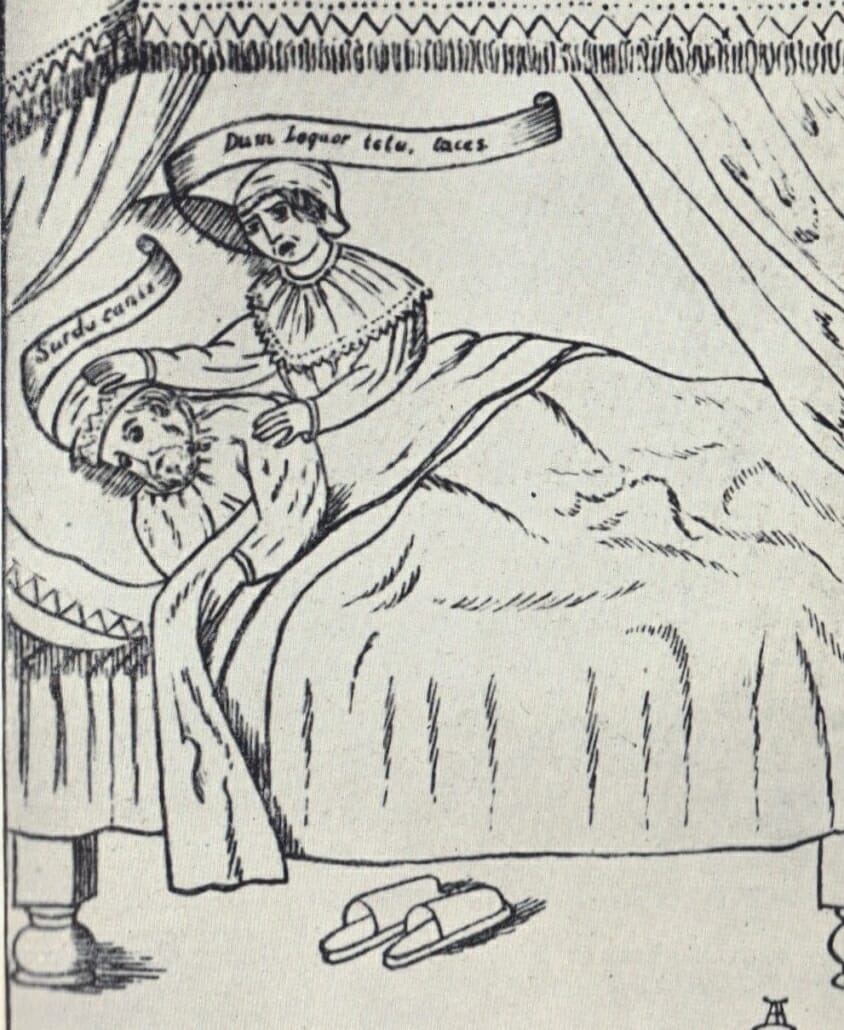
Woodcut print from The Costume Historian showing mule-style slippers
Closed-Back Slippers
The second sort of slipper is one that has a closed back, resembling more of a shoe or loafer. You’ll sometimes be hard pressed to recognize the difference between a closed-back slipper and a loafer. Both are laceless and cut low, so they sit below the ankle bone, and both have a separate sole, unlike moccasins and driving shoes in which the leather of the sole is essentially part of the upper. Often the term “slipper” is applied to soft, unstructured loafers, perhaps with a lower profile and a more streamlined look; the difference is really a matter of semantics.
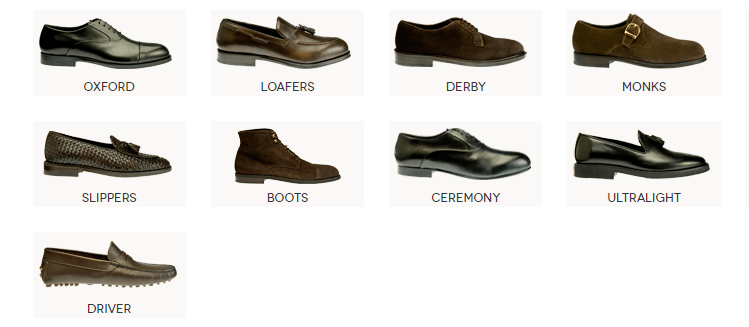
Italian shoemaker Belsire’s slippers and loafers are quite similar, both leather slip-ons with soles and a low heel (compare to the obviously different driver)
Indeed, the lesser-known Aurland and Wildsmith loafers, both developed in Norway, were either originally intended for indoor use of called “slippers” at some point. Belgian loafers, developed by Henri Bendel in New York in the 1950s, are a loafer style that straddles the slipper world. Those made by Baudoin & Lange in London have been celebrated widely online for their comfort, but their soft, unstructured style and thin soles makes them optimal for wearing in the house or office and less suited for pounding the pavement all day. So, when looking at loafers, you can consider the ones that are “ultralight” in soft suede with thin soles to be hybrid slippers to be worn accordingly. Of course, there are few hard and fast rules these days, so you can wear slippers outdoors if you can endure them.
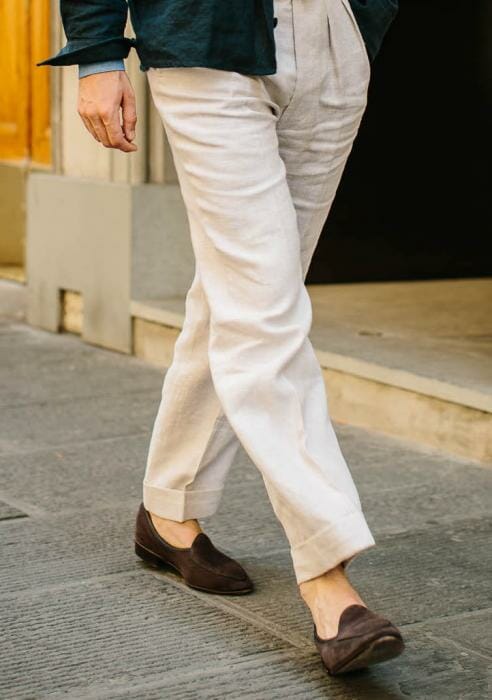
Simon Crompton of Permanent Style wearing Baudoin & Lange Sagan Belgian loafers. Note the soft structure and thin soles.
Opera Pumps
Paradoxically, although slippers (and slipper-like loafers) are most often casual shoes, there are highly formal versions. Part of Beau Brummell‘s revolutionizing of menswear was his simplification of dress. His uniform of a blue coat, buff waistcoat, off-white linen shirt with white cravat, buckskin trousers, and dark riding boots is the most talked about development, but in the evening, he wore the same blue coat with a white waistcoat, black pants, striped silk socks, and black slippers.
A pair of Regency gents at a ball wearing slippersSlippers were already worn at the time, but, consistent with all of his style moves, Brummell’s innovation was making it less ostentatious.
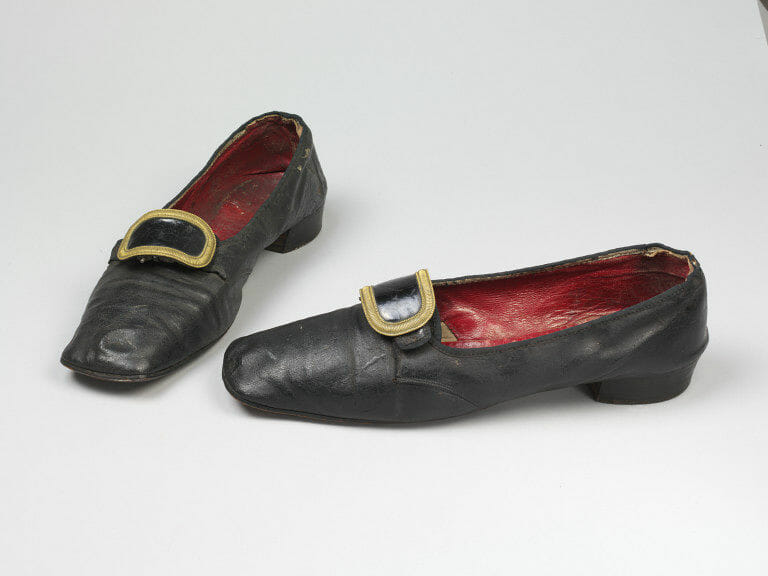
Buckled men’s shoes from the V & A Costume Museum collection from the Regency period were the precursor to modern slippers
He removed the silver buckle on the vamp of earlier slippers and replaced it with a simple black bow. Such slippers were worn to the opera, to evening parties and to balls. They were no more durable than the typical indoor slipper, but the well-dressed gents of high society would usually arrive at such events in carriages or sedan chairs and would not need to do much outdoor walking.
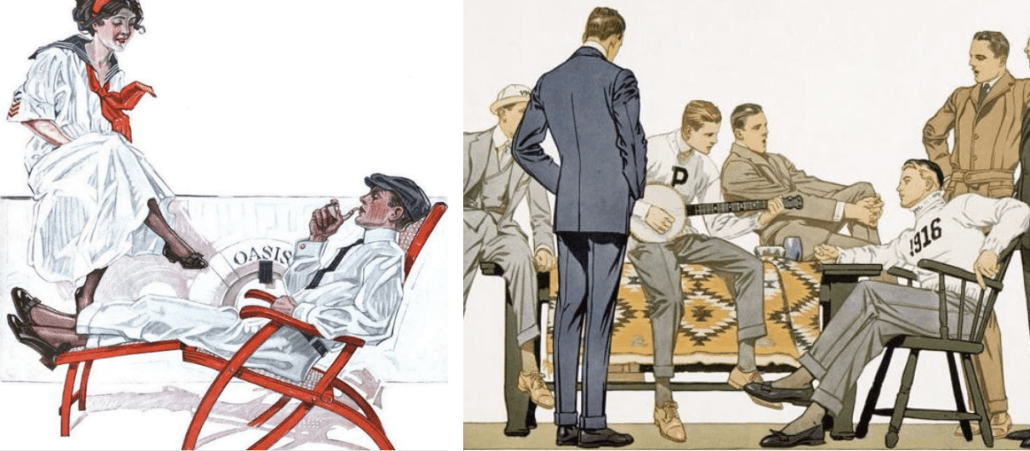
Two vintage ads from Instagram user ptenopedilos showing opera pumps worn casually, the latter among daring students in 1916.
In the 21st century, the association with evening events remains, and we call these slippers opera pumps. Opera pumps today are typically black patent leather with a grosgrain silk bow across the vamp, designed to match the silk of tuxedo lapels and the bow tie.
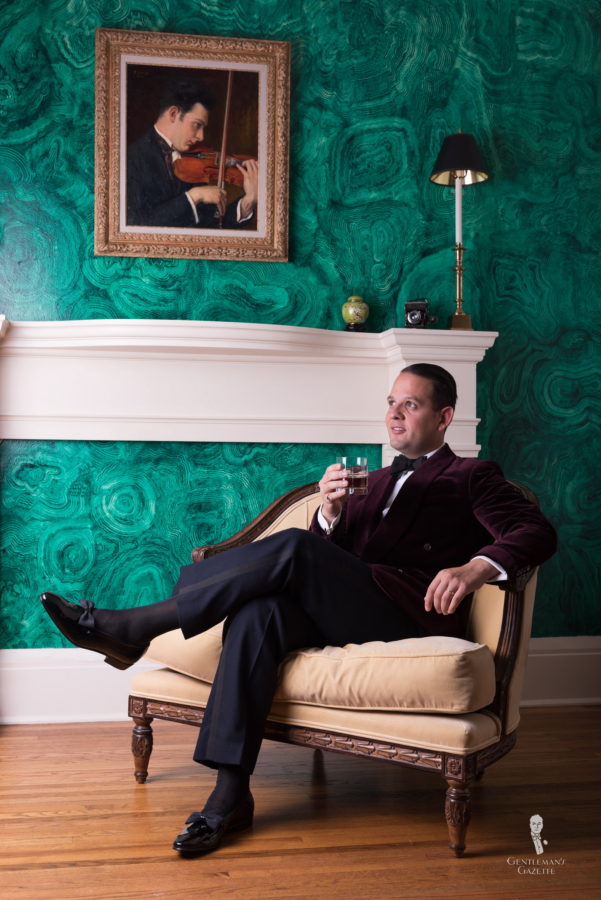
Sven Raphael Schneider wears a dinner jacket with black silk socks by Fort Belvedere and opera pumps
Their venue is primarily evening formal wear: an option with black tie and required with white tie, thus keeping with their original purpose and association with the highest level of formality. They have been worn by daring sorts during the early 20th century in much the same way as loafers but not so much these days.
Opera pumps are unique in appearance among masculine footwear. Some say they are feminine because “pumps” usually refer to women’s shoes. and because they are worn with sheer black socks or hose. Those who are aware of the history of pumps will think otherwise.
The Albert Slipper
The most famous and unmistakable closed-back slippers are Albert slippers, named (like the Prince Albert tie knot) for the royal consort of Queen Victoria. During the Victorian era, men began to appreciate the need the need to keep the dirt out of their homes and exchanged their boots or shoes for slippers when they came inside. Prince Albert was one such man, and, of course, the fact that he lived in various palaces added extra incentive for him to keep the floors and rugs clean. He can be seen wearing slippers in various well-known portraits since 1840, though in these cases he is wearing what looks like shiny opera pumps, which are still de rigueur with court dress to this day.
The more casual Albert slipper, on the other hand, is traditionally made in black velvet. Interestingly, the leather version of the Albert slipper is technically known as the Churchill, presumably because they were favored by Sir Winston in the next century. The Albert slipper can keep your feet warm, so they are most suited for cool season wear or living in a large, poorly heated Victorian home. Alberts can feature the same grosgrain silk ribbon of an opera pump, but more often the vamp is either plain or features motifs made with embroidery.
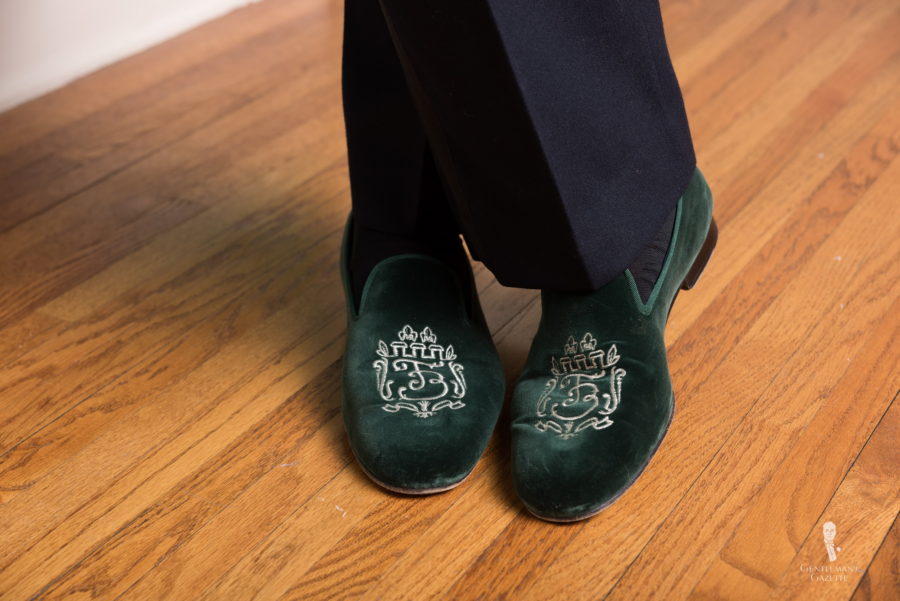
Sven Raphael Schneider favors his custom velvet Albert Slippers with the Fort Belvedere logo for entertaining at home
This is an opportunity to showcase your individuality and personality with a monogram or rakish decorations like a skull and crossbones, crowns, or stags’ heads. Other features include a whole-cut upper (made from a single piece of material) and a quilted interior including the footbed.
Albert slippers come in different colors as well–burgundy and navy blue being two popular choices. In this way, they can be paired with a matching velvet dinner jacket, which is the perfect way to wear them if you are hosting a dinner party at your home. The velvet lends them formality, while their nature as slippers brings in a casual vibe. Some men wear velvet slippers with a dinner jacket outside the house or even just on the street, usually sockless. This can give you an air of sprezzatura worn with a pair of jeans and a cotton sport coat for local jaunts, but if you’ve got a dinner jacket on, you need to wear thin socks.
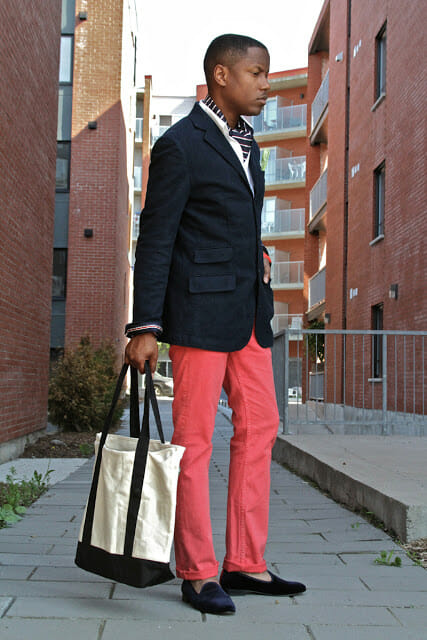
Blogger Marcus Troy wearing velvet Albert slippers casually with red chinos and a navy jacket
For a sockless option that elevates your look at home, you can try your Alberts with a dressing gown or a smoking jacket to channel Hugh Hefner and the lifestyle of lounging around that he projected through his famous uniform.
Indeed, the Albert Slipper first took off in popularity alongside the fashion of wearing a smoking jacket in the mid-19th century, so there is a long precedent for wearing them this way.
Albert Slipper Options
Averaging around $300 and ranging up to $500 or more for an item intended primarily for indoor use, the Albert slipper is certainly a luxurious indulgence. If you want a department store source, Brooks Brothers sell them at the low end with Ralph Lauren featuring a pair at designer pricing ($650 for their minimalist plain black Collis slipper).
Much better deals can be had at British specialty makers like Bowhill & Elliott (around $200) while most of the Jermyn Street shoemakers will have some models for sale. Crockett & Jones will even make a custom pair for you starting at £230 though you have to wait 8-10 weeks.
For the greatest selection of fabric colors and designs, two options are American brands Del Toro ($325) and Stubbs & Wootton ($500), the latter featuring a range of irreverent and fun embroidered designs.
How to Wear Slippers
Put them on your feet, you may reply sarcastically, but slippers today often make public appearances on the feet of many a well-dressed man.
The choice is wholly up to you, but we favor the classic approach of leaving our slippers at home. There are so many other interesting pairs of shoes to wear out and about; why not enjoy this one style of shoe at home?
Conclusion
However you choose to wear them, slippers are a worthy addition to your collection. Start with a pair of Albert slippers for the most use, selecting embroidery that suits your personality. Before you know it, you’ll start dressing up at home, at least on Sundays!
Do you wear formal slippers? Inside or out? Formal or informal? Share in the Comments section below.
from Gentleman's Gazette https://ift.tt/2CTcDrN
- Get link
- X
- Other Apps
Comments
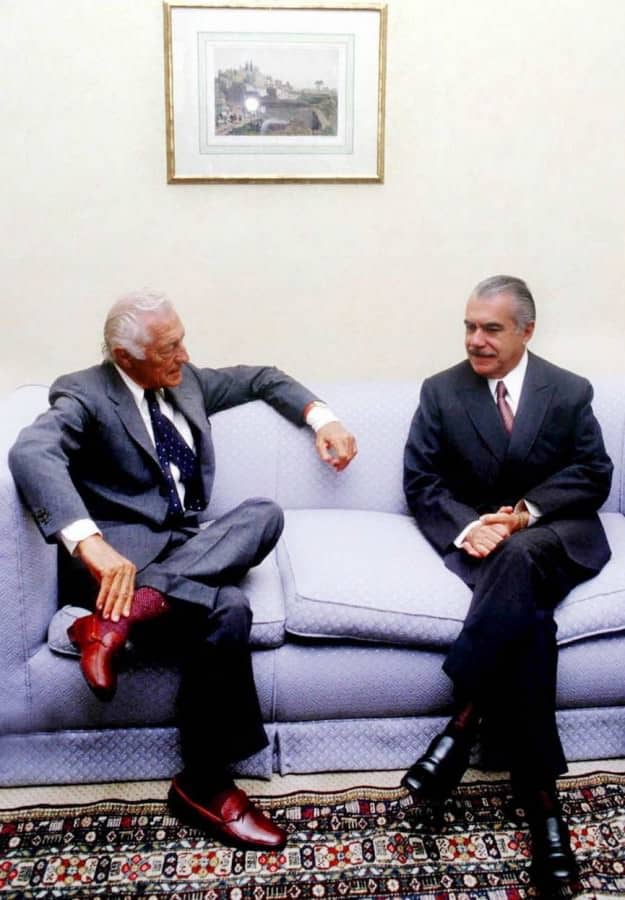
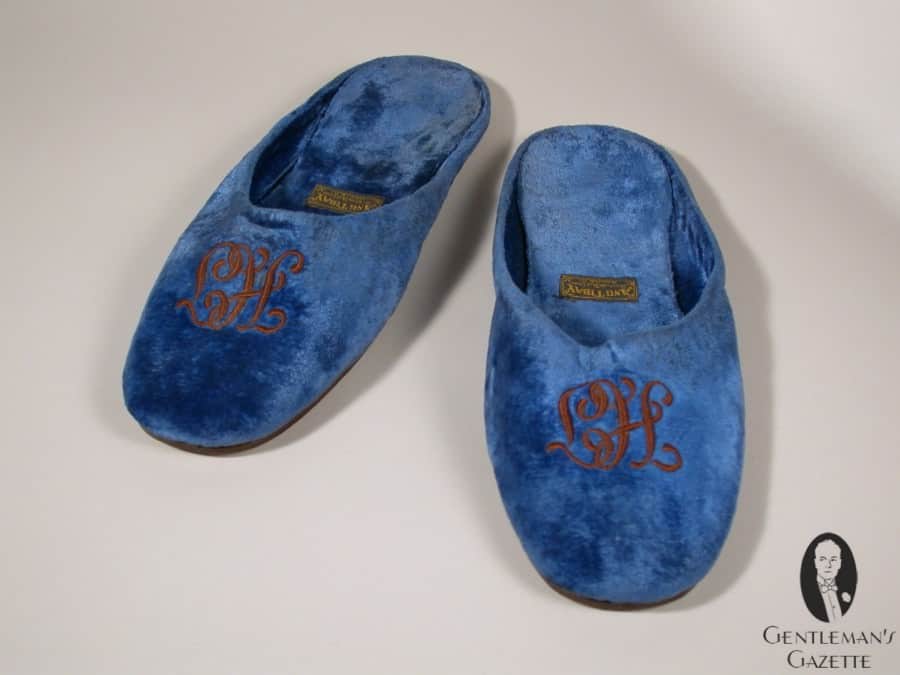
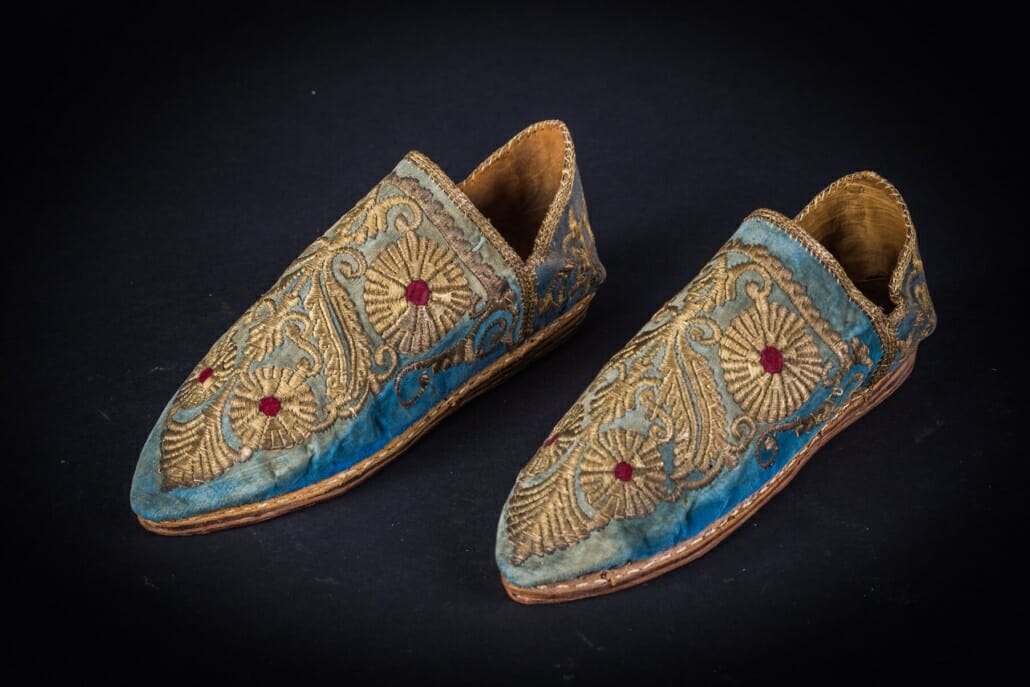
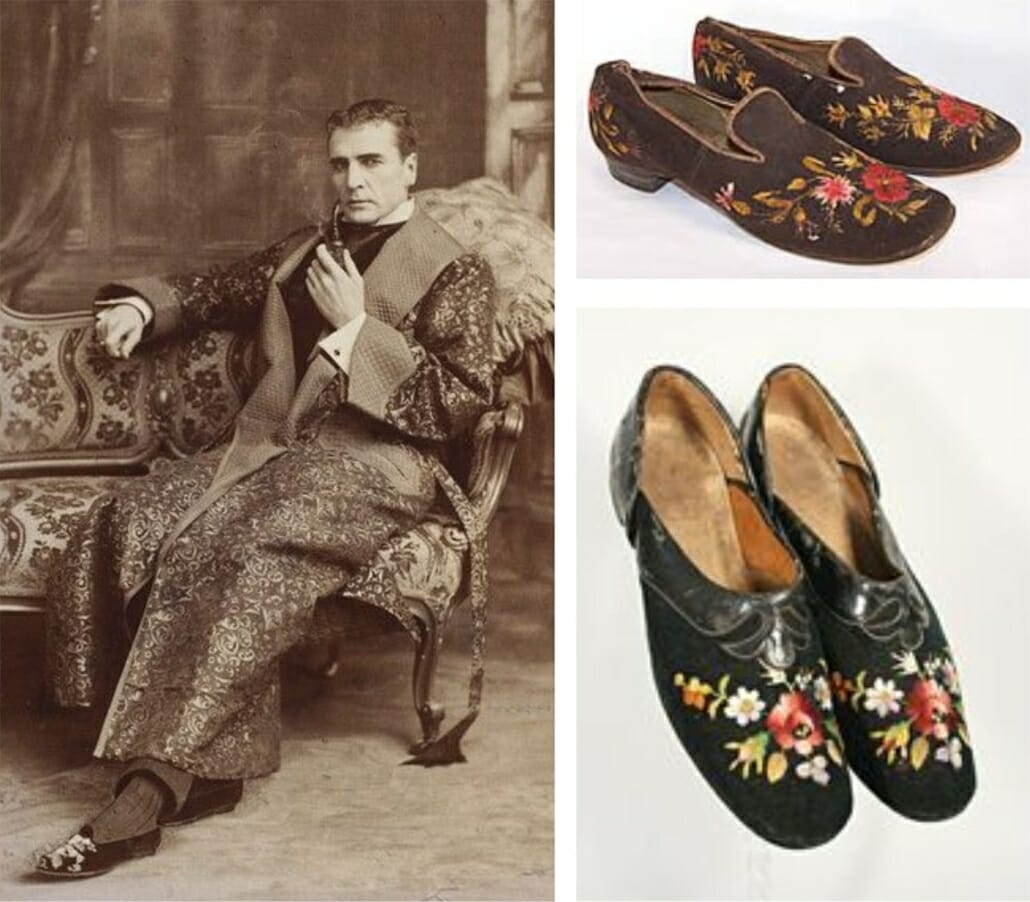
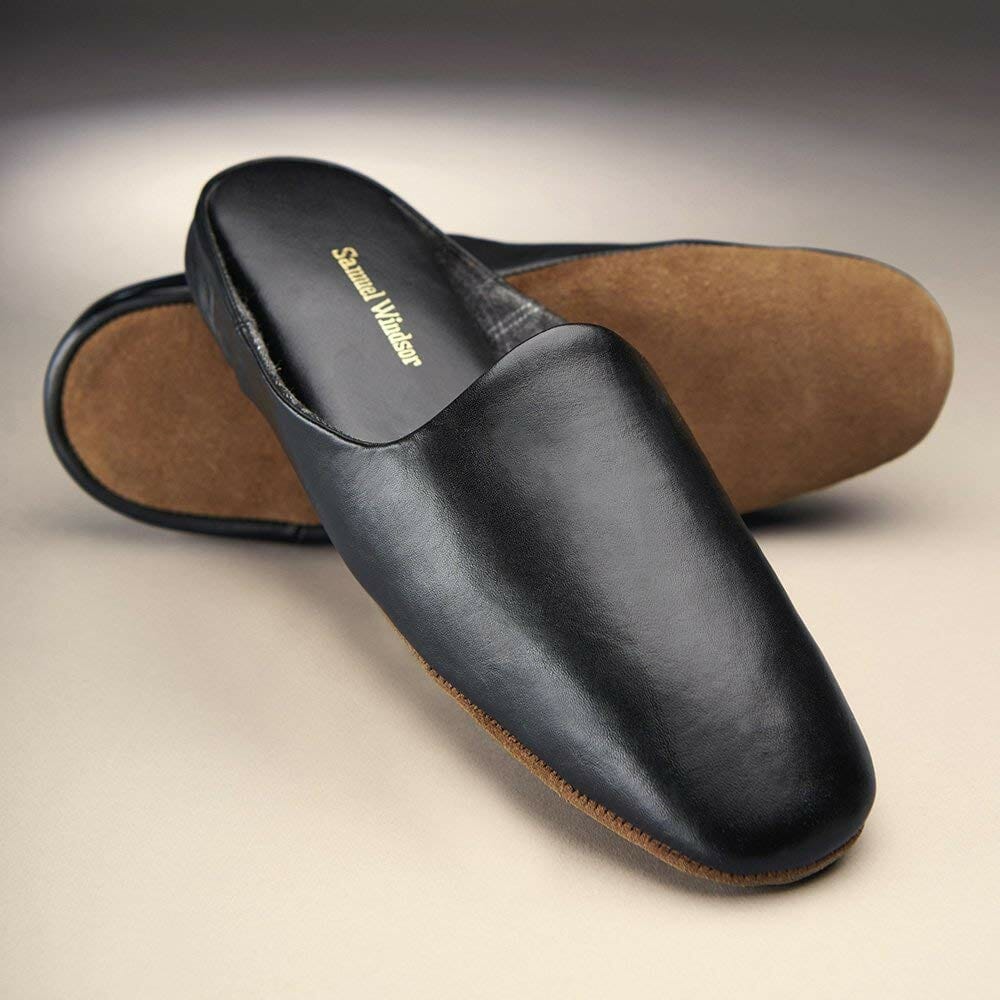
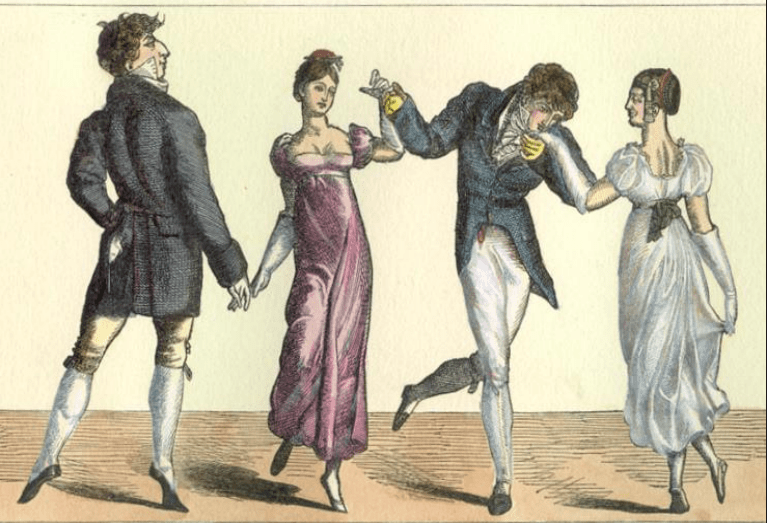
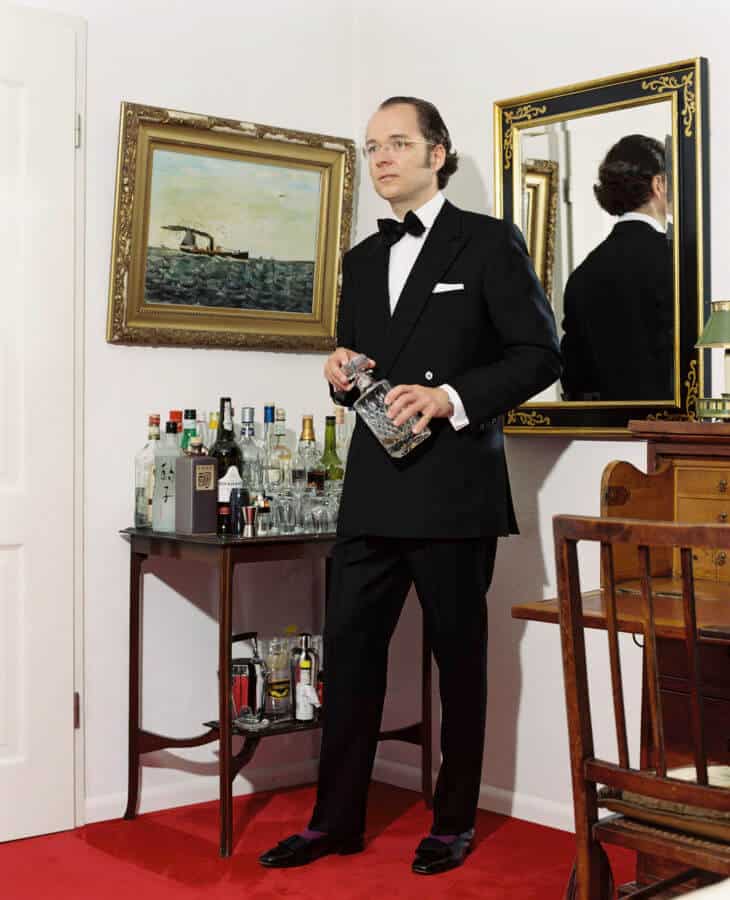
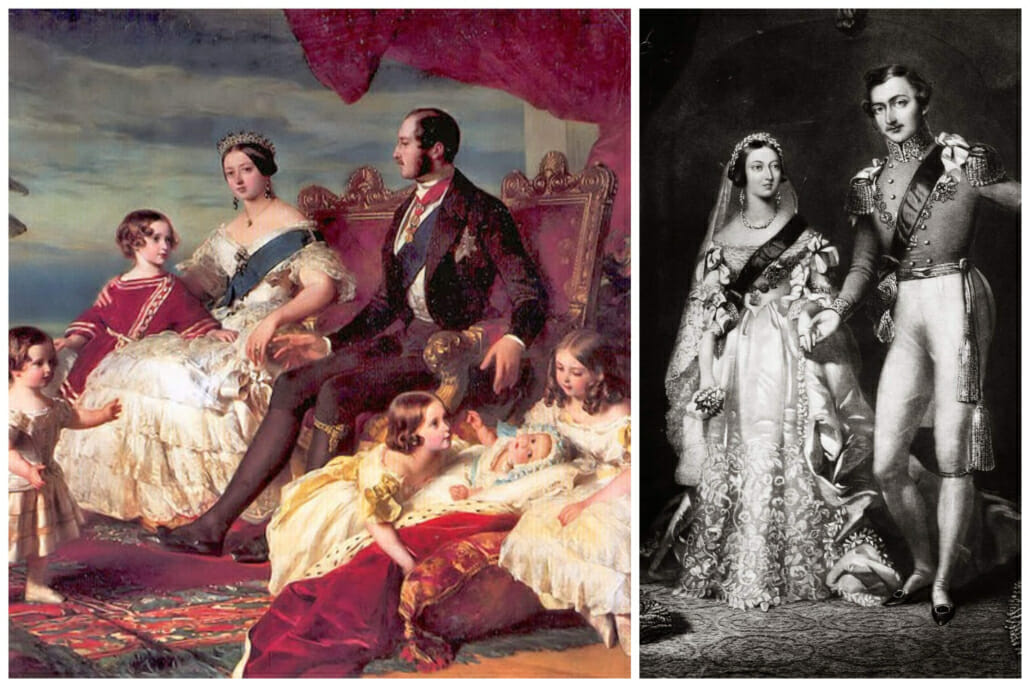


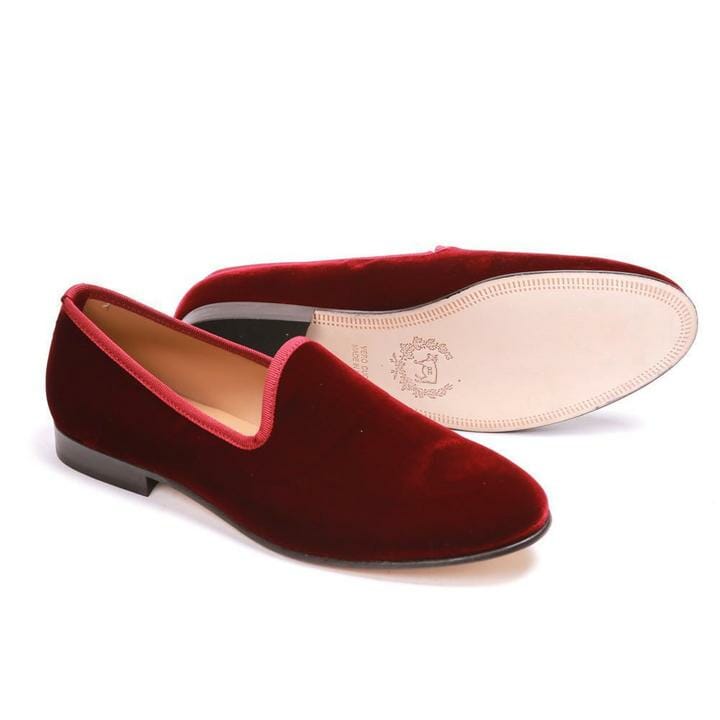

replica bags london replica bags wholesale replica bags wholesale
ReplyDeleteHow to get one pair in jaipur. Rajasthan, India
ReplyDelete